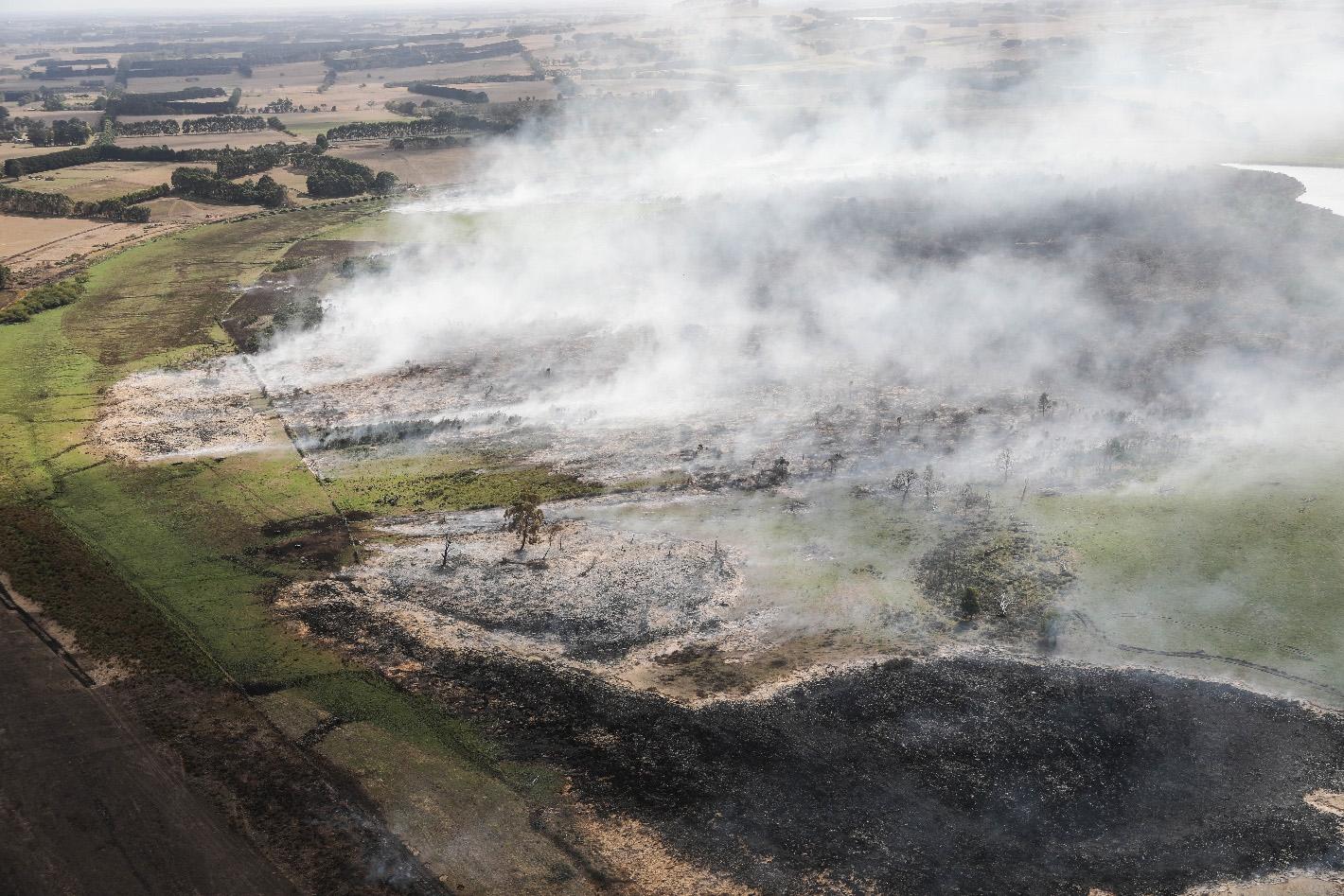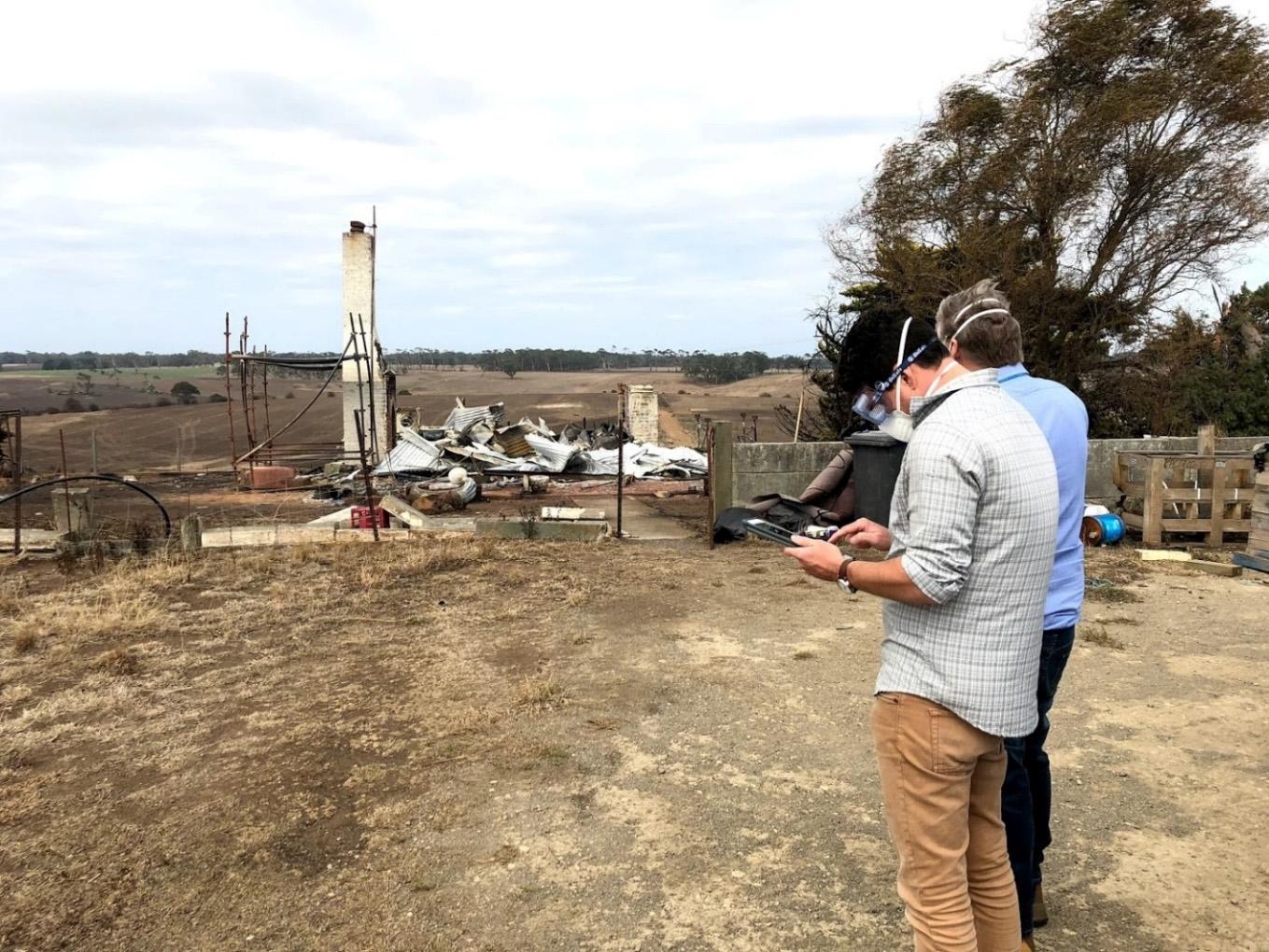58
5
Future directions
5.1 Integrating impact assessment and consequence management Current integration of impact assessment and consequence management Impact assessment and consequence management aim to improve response, relief and recovery outcomes and inform decision-making throughout all phases of emergency management. Consequence management relies on intelligence describing the area of impact, the impact itself and what outcomes might be expected as the emergency unfolds. Impact assessment contributes to intelligence by describing the impact. As the resilience index continues to evolve, this element of impact assessment will provide data that describes the affected community. Within the EMMV, impact assessment and consequence management are integrated [p.27; 31]. As stated: 5.2.5 Impact assessment ‌ The Emergency Management Commissioner is responsible for collecting and reporting information on the impact of emergencies in order to inform priorities in consequence management and the provision of relief and recovery services. Despite some similarities between the two initiatives, stakeholders did not have extensive examples of impact assessment and consequence management being integrated. Further, in examples where impact assessment and consequence management were said to be integrated, there was substantial variation in how both initiatives were considered. In the SCC, the State Consequence Manager is provided with impact assessment data. However, IGEM was not provided with evidence describing how this information is used to inform consequence management products. It is also unclear whether the consequence thinking and its associated products are interlinked with impact assessment processes. Stakeholders who have been part of the consequence cell in the SCC suggested that preliminary consequence products are developed prior to receiving impact assessment data. This is supported by the documented timelines for both consequence considerations (initial product created with 1–6 hours of an emergency) and IIA (reported within 48 hours after safe access to the area of impact).






